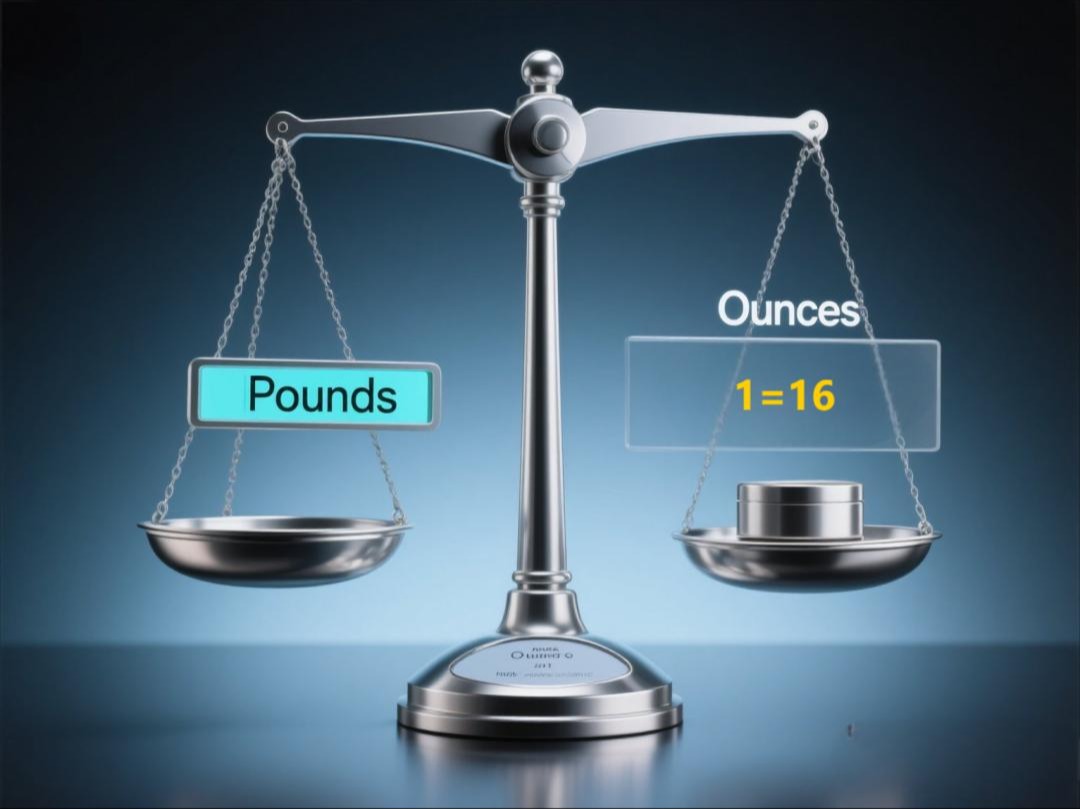Let’s be real—your dishwasher is probably dirtier than the plates it’s supposed to clean. That funky smell? The mystery crumbs lurking in the corners? Yeah, it’s time for a deep clean. But don’t sweat it—we’ve got a no-nonsense, five-step plan to get your dishwasher sparkling faster than you can say “leftover lasagna.”
Step One: Empty and Inspect the Battlefield
First things first—yank out those racks and clear the debris. Check the filter (yes, your dishwasher has one, and yes, it’s gross). Most models have a removable filter at the bottom that’s basically a food particle graveyard. Scrub it with hot soapy water or toss it in the sink with a vinegar soak if it’s extra crusty. While you’re at it, peek under the spray arms to make sure no rogue spaghetti strands are clogging the jets. A toothpick or small brush works wonders here.
Step Two: Vinegar Bomb for the Win
White vinegar isn’t just for salad dressing—it’s a cleaning powerhouse. Pour two cups into a dishwasher-safe bowl and place it upright on the top rack. Run a hot cycle (no detergent needed). The vinegar’s acidity will dissolve mineral buildup, zap odors, and sanitize the interior. Pro tip: If your machine has a “sanitize” setting, use it here for maximum germ-slaying action. For extra stubborn grime, pause the cycle halfway and let the vinegar steam work its magic for 15 minutes before resuming.
Step Three: Baking Soda Blitz
Now that vinegar’s done the heavy lifting, it’s time for baking soda’s encore. Sprinkle a cup across the dishwasher floor and run a short hot cycle. This dynamic duo neutralizes lingering smells and polishes stainless steel interiors to a shine. If you’ve got hard water stains, make a paste with baking soda and water, then spot-treat problem areas before the cycle. Bonus: This step also helps unclog detergent residue in the dispenser.
Step Four: Gasket Warfare
That rubber seal around the door? It’s a mold magnet. Mix equal parts water and hydrogen peroxide, dip a microfiber cloth in the solution, and scrub every inch of the gasket—especially the folds where gunk hides. For black mold spots, let the peroxide sit for 5 minutes before wiping. Don’t forget the utensil caddy and door edges; they collect more grime than a college dorm fridge. A toothbrush dipped in soapy water is perfect for these tight spaces.
Step Five: The Final Rinse (Literally)
Run one last empty cycle with a dishwasher cleaner tablet or citric acid powder to nuke any remaining bacteria. Wipe down the exterior with a microfiber cloth and your favorite multi-surface cleaner—stainless steel models love a vinegar-and-olive-oil buff for streak-free shine. Finally, leave the door cracked open between uses to prevent moisture buildup. Congrats! Your dishwasher now smells fresher than a lemon grove and works like it’s brand new.
There you have it—a deep-cleaned dishwasher in less time than it takes to binge your favorite sitcom. Stick to this routine monthly (or whenever you spot performance issues), and you’ll never face another “why does my clean glass taste like old tacos?” moment again. Now go forth and sanitize like a pro—your future self (and your dishes) will thank you.
























